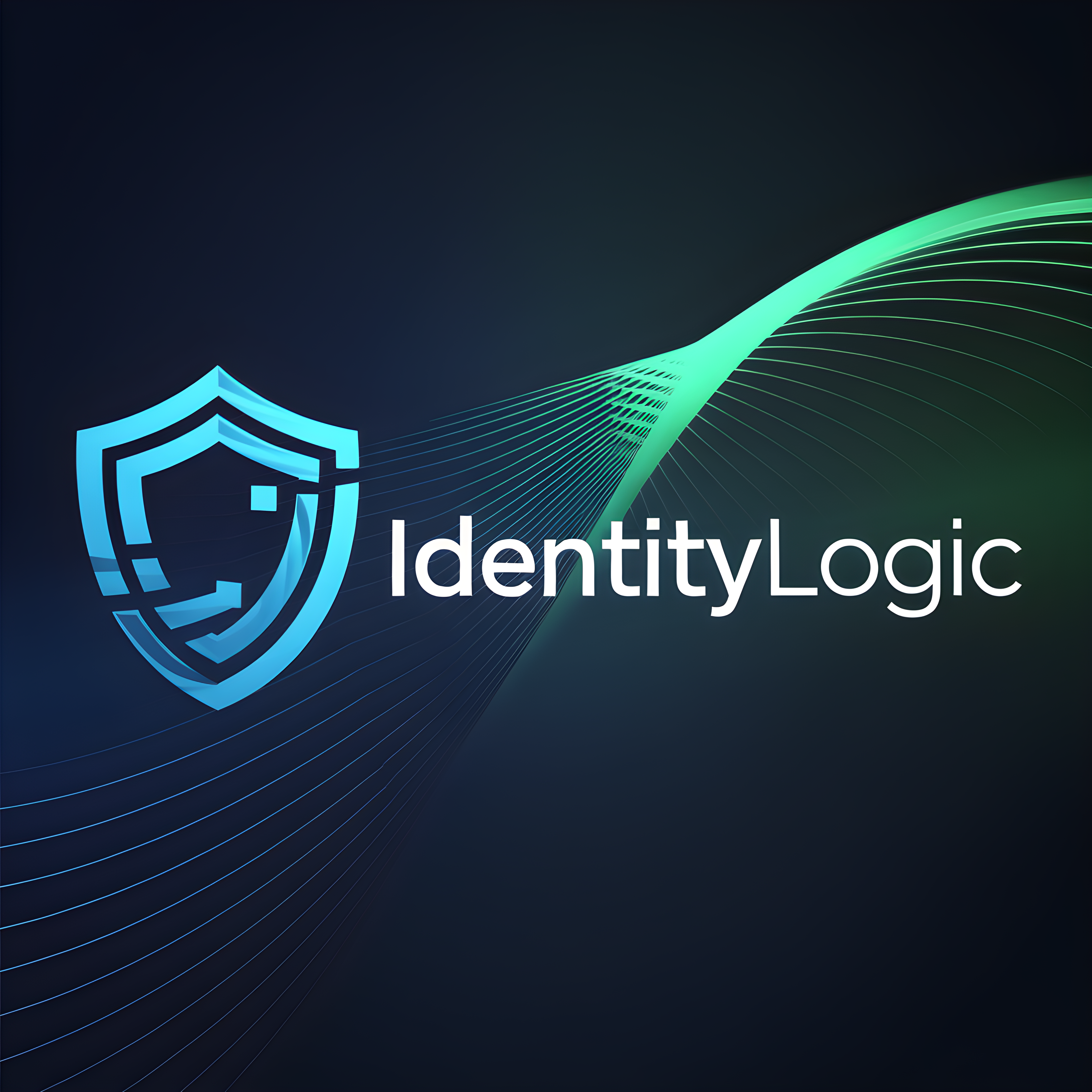The Hidden Price Tag of Identity Breaches: Beyond the Headlines
- IdentityLogic Team
- Apr 28
- 3 min read
Updated: Apr 30

In the world of cybersecurity headlines, we often see the splashy numbers: massive data breaches affecting millions of customers, regulatory fines reaching into the hundreds of millions, and stock prices plummeting overnight. But at IdentityLogic, we've learned that the true cost of identity breaches extends far beyond these visible metrics.
The Numbers You Already Know
The financial impact of identity breaches continues to rise at an alarming rate. The global average cost of a data breach now stands at $4.88 million—a 10% increase from 2023 alone. For U.S. companies, that figure jumps to a staggering $9.36 million, the highest worldwide.
Certain industries bear an even heavier burden. Healthcare organizations face average breach costs of $9.77 million, while financial institutions typically incur $6.08 million per incident. For mega-breaches involving 50 million or more records, costs can skyrocket to $375 million or higher.

The Hidden Expenses
But these headline figures only tell part of the story. The true cost of identity breaches includes numerous hidden expenses that don't make the quarterly reports:
Time is Money—Lots of It
The average breach takes 194 days to identify and another 64 days to contain. That's over eight months during which attackers can exfiltrate data, move laterally through systems, and establish persistent footholds. For financial institutions, those numbers improve only slightly: 168 days to identify and 51 days to contain.
During this extended period, security teams are diverted from strategic initiatives, transformation projects stall, and innovation takes a back seat to incident response.
The Human Impact
For individuals affected by identity theft, the average loss per case is approximately $1,600. More devastating is the time burden: victims spend an average of 200 hours dealing with the aftermath of identity theft—the equivalent of five full work weeks.
These costs don't appear on any corporate balance sheet, but they represent real human suffering caused by inadequate identity security controls.
Operational Disruption
When credentials are compromised, organizations often implement emergency control measures: mandatory password resets, heightened access review protocols, and temporary access restrictions. These security measures, while necessary, create friction in daily operations and lead to productivity losses that cascade throughout the organization.
The Attack Surface Shift
The most concerning trend in our data is what it reveals about attack vectors. Compromised credentials now account for 16% of all breaches, with an average cost of $4.81 million. Phishing attacks cause 15% of breaches at $4.88 million each, while malicious insiders are responsible for 7% at $4.99 million per incident.
The message is clear: identity has become the primary battlefield for cybersecurity. As traditional perimeter security continues to erode in our cloud-first, remote-work world, attackers are increasingly targeting human and machine identities as their path of least resistance.
Turning the Tide
At IdentityLogic, we've observed a significant bright spot in this challenging landscape: organizations implementing advanced identity security measures consistently achieve better outcomes. Those leveraging AI and automation in their security programs save an average of $2.2 million per breach compared to those without such technologies.
This aligns with our experience transforming identity programs for Fortune 500 companies. We've seen firsthand how a robust approach to identity security can reduce incident rates by 40%, decrease access processing time by 65%, and lower operational costs by 30-40%.
Building Identity Resilience
As we move further into 2025, organizations must recognize that identity security isn't just an IT issue—it's a business imperative with direct impact on financial performance, operational efficiency, and customer trust.
The most forward-thinking organizations are taking three critical steps:
Implementing converged identity platforms that provide unified visibility across IAM, IGA, and PAM functions
Adopting AI-driven analytics to identify anomalous behavior and potential credential compromise
Automating identity lifecycle processes to reduce human error and close security gaps
The hidden price tag of identity breaches is too high to ignore. But with strategic investment in modern identity security practices, organizations can significantly reduce both the likelihood and impact of identity-related incidents.
What steps is your organization taking to protect its identities? We'd be interested to hear your thoughts in the comments below.
---
IdentityLogic: Where Silicon Valley innovation meets enterprise identity security. Contact us today to discuss how our elite team can transform your identity security posture.




Comments